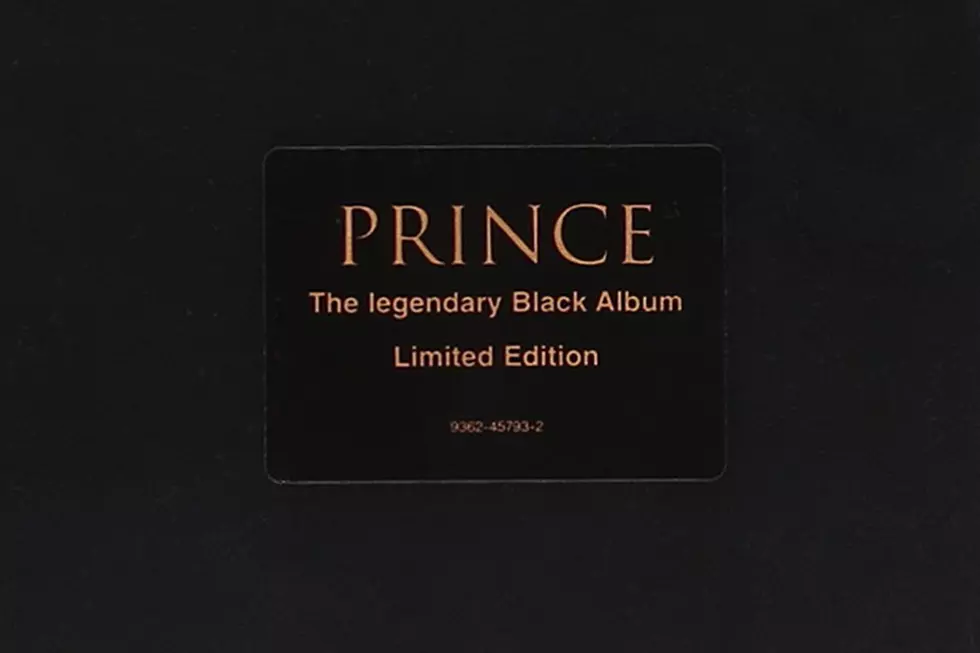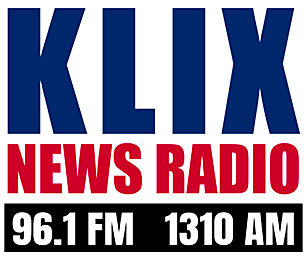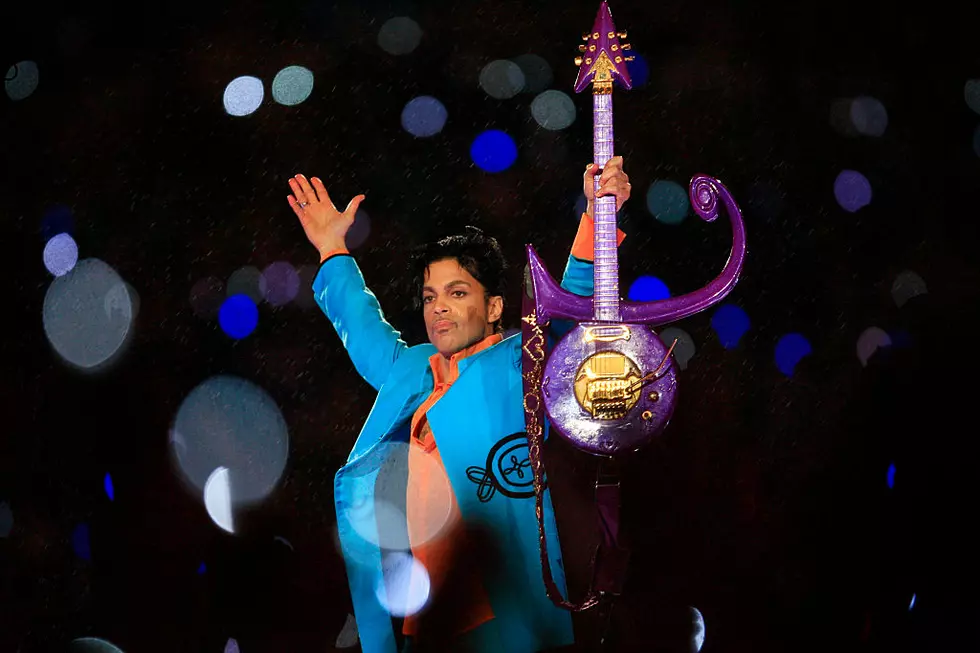
Why the Official Release of the ‘Black Album’ Agitated Prince
“Don’t buy The Black Album, I’m sorry.”
The hidden message darts down the screen in Prince’s video for the 1988 single “Alphabet Street.” It also shows up in mirrored text in the liner notes of his 1992 album, Love Symbol.
Following his decision to scrap the release of 1987’s The Black Album, Prince repeatedly warned his fans not to buy the bootlegs that made their way onto the market. The public didn’t listen.
By the time the album was officially released on Nov. 22, 1994, there was no element of surprise.
“Is there any halfway-hardcore Prince fan in America who doesn’t already own a copy?” critic Chris Willman asked in his piece for the Los Angeles Times. Most journalists seemed to echo similar sentiment, approaching their reviews with weariness and obligation.
The musical landscape had also changed. When stacked against the rap songs of the day, the dark, sexual and hostile elements on The Black Album were not as cutting-edge as they may have been seven years earlier. And Prince’s criticism of rap on songs like “Dead On It” did not age well.
“The Black Album is little more than an interesting period piece,” wrote Gary Graff in the Detroit Free Press. “It's nice to have the album to complete collections, but its time has clearly passed.”
Prince said he shelved the funk album back in 1987 because its “bitter and angry” characteristics did not match his new, spiritual direction. And, according to radio DJ and TV personality Donnie Simpson, Prince wanted to demonstrate that his music was about more than “a groove.”
By 1994, Prince’s thoughts hadn’t changed, but he was embroiled in a legal battle with record label Warner Bros. and, allegedly, his hand was forced.
“He's thoroughly p—off about it," his publicist, Karen Lee, told the St. Paul Pioneer Press. "He had to sign an agreement — I can't go into why — but contractually, he didn't have a choice.”
While the details of that agreement are unknown, Prince was transparent about fulfilling his recording contract as quickly as possible so he could sever ties with Warner Bros. He’d threatened to only provide the label with material from the vault, and release new material under the Love Symbol, which became his new name in 1993.
Those plans didn’t pan out; the studio albums released between 1993 and 1996 — Come, The Gold Experience and Chaos and Disorder — contained new songs. And, at the time, it wasn’t clear whether or not The Black Album would count toward his contract.
“Before they agreed to release The Black Album, he owed four albums, and he still owes four albums," Lee told the St. Pioneer Press.
The legal drama did little to help the popularity of the authorized version of The Black Album, which Warner Bros. pulled on Jan. 27, 1995, after a two-month run. The album peaked at No. 47 on the Billboard 200 chart.
Warner Bros. also took out an ad in Billboard magazine, asking fans to trade in their bootleg copies for the official version. How many people actually took the label up on their offer is undetermined.
Despite the commercial failure of The Black Album's official release, Prince fans still hold the LP in high regard. An original 1987 vinyl pressing of the album -- among the 500,000 retail copies that Prince had ordered to be destroyed -- sold for $27,500 in 2018.


